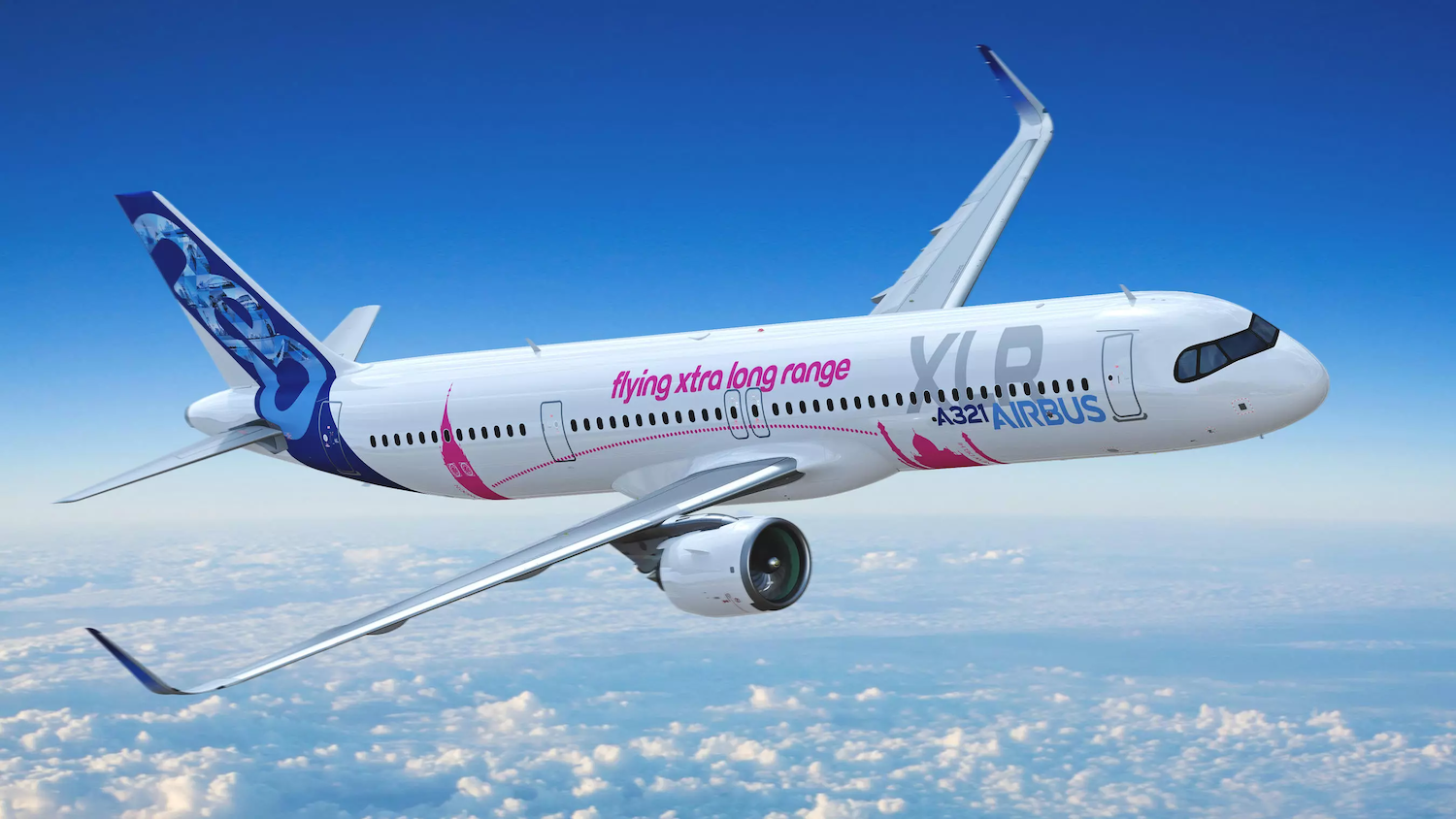A321XLR: Single Aisle… 4,700 Nautical Miles
One of the most exciting aviation developments to look for in 2025 is the adoption of the new Airbus A321XLR aircraft variant. While this Extra Long Range variant of the standard A321 might not seem revolutionary, the potential impact on smaller markets is immense. To demonstrate let’s take a look at how the A321XLR could impact my home airport, Raleigh-Durham International Airport (RDU).

Furthest Range for a Single Aisle Jet
The main distinguishing characteristic of the A321XLR is the 4,700nm range. That’s 27% further that the popular existing A321neo model introduced into service in 2017. This gives the A321XLR the furthest range of any single aisle commercial jet.

Impact on Midsize Airports
For midsize airports like RDU, having a medium size aircraft capable of flying across the Atlantic could be a game-changer. Currently, RDU has daily transatlantic service to London, Paris, and Frankfurt on wide-body planes. These are popular destinations that are also major hubs for connecting passengers to other parts of Europe and Asia.
But, the lower capacity A321XLR could make it financially viable for airlines to serve “skinnier” routes to destinations like Barcelona, Munich, or Rome. It could even be used to service South American destinations like São Paulo.

Development and Rollout
The A321XLR was first announced in 2019 with the first delivery being made in 2024 to Spanish carrier Iberia Airlines. In the US, both American and United have orders for 50 of the jets, with JetBlue having an additional 13. While the airlines have indicated that they’ll likely start the planes on longer domestic routes, there’s no telling what kind of unique international routes could be opened up in the future!
Technologically, there’s a few key advancements that made this extended range possible. First and foremost, an additional fuel tank is installed in the rear of the aircraft, providing additional fuel capacity. Most airlines will opt for a premium-heavy seating configuration, thereby reducing overall seating and extending range further.
To accommodate the extra fuel weight during takeoff, the plane has a reinforced landing gear, as well as a aerodynamic improvements like optimized wing flaps.
Conclusion
Overall, the A321XLR represents an exciting opportunity for small and medium airports like RDU. What are your thoughts on the A321XLR? Are there any routes from your home airport that would be good candidates for this plane?

Comments